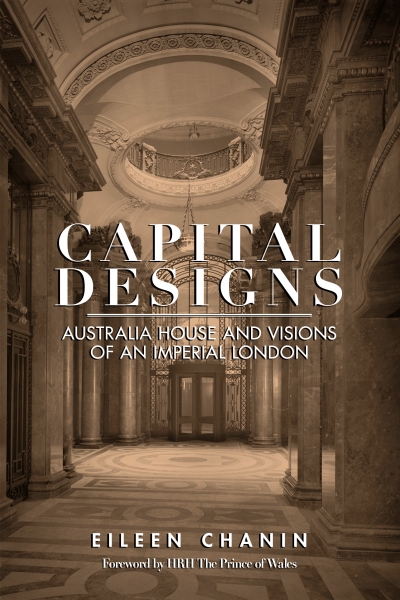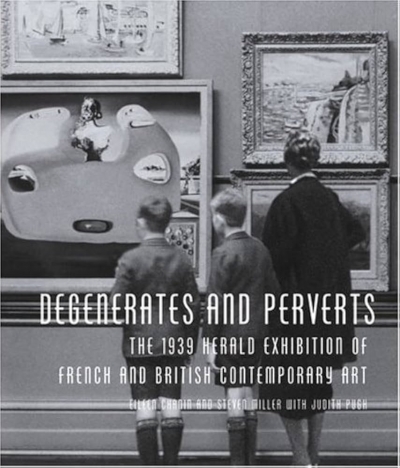Eileen Chanin
Capital Designs: Australia House and visions of an imperial London by Eileen Chanin
by Jim Davidson •
Book Life: The Life and Times of David Scott Mitchell by Eileen Chanin
by Paul Brunton •
Degenerates and Perverts: The 1939 herald exhibition of French and British contemporary art by Eileen Chanin and Steven Miller (with Judith Pugh)
by Sarah Thomas •




